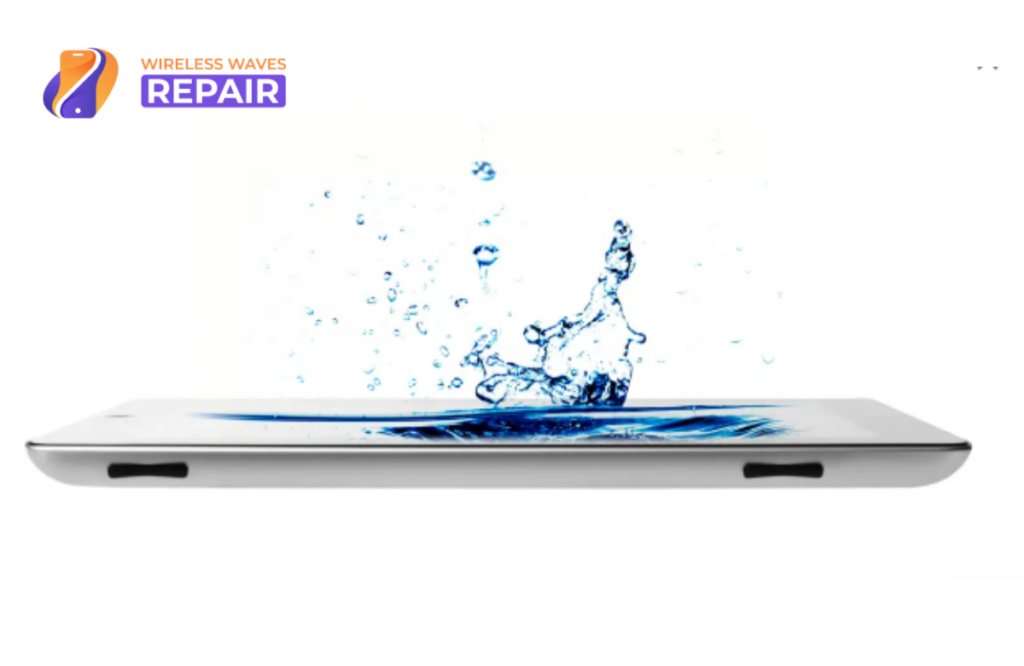First, understand that your iPad isn’t water resistant, so if you accidentally drop it in water, take immediate action. Otherwise, you will lose your device. It is always a heart-stopping moment when you drop your iPad into water. But, instead of staring at it, act fast and keep it out of the liquid immediately. Don’t use it or check it is functioning. Turn it off, and place it in a dry place for at least 2 days to dry out water from all the components. If you’re unable to fix it yourself, professional iPad repair services can provide a reliable solution for your water-damaged device.
Steps to Reduce Water Damage to Your iPad
iPads are not waterproof. While some models like iPad Pro have a degree of water resistance, they can still suffer damage if exposed to liquid. Water can seep into internal components and cause short circuits and screen malfunctions. If your device won’t turn on after getting wet, don’t panic just yet. There are several steps you can take to improve the chances of reviving it.
- Power Off Immediately: After removing the iPad from the liquid, if it is still showing the screen—turn it off right away rather than start using it. You should give your device time to completely dry out. Hold the power button until the slide bar appears.
- Remove Accessories: A waterproof iPad casing can help save your device in these types of scenarios. But when the iPad gets wet, remove any case or connected accessories like an Apple Pencil or charger. It will allow better airflow and evaporate trapped moisture.
- Dry the Exterior: Gently pat (not rub) the exterior surfaces with a soft, lint-free cloth to wipe off excess water from all areas where visible. Pay special attention to ports and openings. Avoid pressing too hard, which could push water further into the device.
- Put in Silica Gel: Silica gel packets work much better. If you have them, place your iPad in an airtight container with silica gel for at least 24–48 hours.
- Let It Air Dry: Place the iPad in a dry, well-ventilated area. Keep it upright to allow water from charging ports to drain naturally. Leave it for up to 3 to 5 days.
- Troubleshooting: Once you’ve waited long enough, try turning the water-damaged iPad on. But after 2 days of drying out, the battery may need to be charged. So, if it won’t power up, connect it to a charger and see if the charging symbol appears. Force restart the device if the screen remains blank. Press the Power and Home buttons (or Volume buttons for newer models) together for about 10 seconds.
Things To Avoid After iPad Exposure to Water
People often hurry in these nerve-wracking situations—like using their iPad instantly to check that it is working—but this only increases the damage. You should take a moment and avoid some common mistakes to improve the chances of your iPad’s recovery.
- Don’t turn it on too soon.—If your iPad gets off water exposure, don’t try to turn it on or power restart. Also, avoid plugging the charger into wet ports. This can increase the risk of a short circuit.
- Don’t Press Buttons Repeatedly—We all do it, but this might push water further inside and lead to costly mechanical repairs.
- Don’t Place iPad in Uncooked Rice—You may have heard that putting a wet device in rice helps dry it out. While rice absorbs moisture, this is not the best solution. Instead, it leaves scratches on the screen and dust in the ports.
- Don’t Use Any Heat Source—Excessive heat from sources like hair dryers or direct sunlight can harm the internal components. You should always prefer air drying in a well-ventilated area.
- Don’t Open the Parts Yourself—Do not try to dismantle the iPad components unless you are an expert technician. Check LCI (Liquid Contact Indicator) to determine if a device has been exposed to liquid damage.
Conclusion
Quick action and proper care steps can save your iPad after water exposure. Start by drying it properly in the open air for a minimum of 48 hours. Then, follow the troubleshooting steps to turn it on. But if your iPad won’t turn on, seeking expert assistance from Wireless Waves Repair is the best course of action. It is advised to avoid common mistakes in the rush to prevent further water damage to components that can be irreversible.

